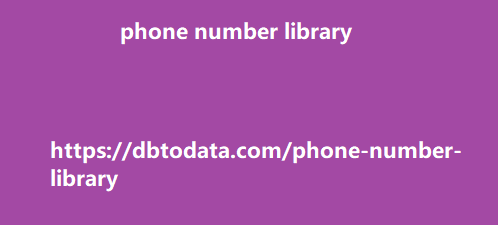I have had the unfortunate experience once where I came across a bug that the vendor’s team did not know how to fix, and it was a huge headache for everyone involved. have two recommended customer relationship management software: Drip and Overloop. Drip: E-commerce customer relationship management Drip is the platform that I currently use for my company. It markets itself as an ECRM—a platform that is built for the KPIs of e-commerce. According to Drip, “With ECRM, you can see what your customers are doing all the time—what links they’re clicking, what pages they’re visiting, what emails they’re clicking through, what products they’re yearning after.
“ Drip customer relationship management
Then Drip’s dashboards give you a sense of where your customer is in terms of your sales funnel. Where Drip shines is in its segmentation capabilities. Drip segmentation There are a plethora of filters to choose from that makes segmentation so much easier. According to their website, “You win with intimacy.” I agree. Overloop (formerly Prospect.io): Made for conversations I reviewed Overloop before back when it was still Prospect.io (they changed names back in October 2021). It’s incredibly user-friendly and intuitive, and they even have an extension available in the Chrome web store that you can use to easily find prospects.
CRM Overflow Where Overloop shines is how
they center their platform on conversation. Aside from being robust in features, they also have four areas that are for connecting to and reaching out to customers: Cold Email Campaigns, Email Finder, Live Chats, and Web Forms. Overflow features Aside from that, instead of having to use different platforms to check your pipeline and your tasks, you can just use Overloop as they have all those things integrated, making it a full-fledged CRM platform. Try Overloop with our referral code! Now more than ever, small and big businesses place a huge amount of effort into their social media presence.
Out of 17 social media platforms, 6 of them
claim more than a billion active users per month. Facebook takes the top spot with its 2.8 billion users worldwide. Next to Facebook comes YouTube with 2.56 billion users, Instagram with 1.78 billion, and TikTok with 1 billion monthly active users (MAU). With 300 million active social media platform users in January 2022, it’s hard to pass up the opportunity to be seen and to market your business there. To prove our point, let’s take into account how Facebook has become an excellent social media platform for many businesses. Have you asked yourself what the majority of Facebook users do on the platform? On top of clicking likes on posts, Oberlo states Facebook users click on an average of 12 ads per month.
In addition, 90 million small businesses use
Facebook Groups, Pages, and belize phone number library Messenger. A whopping 66 percent of small businesses said they advertise on Facebook. But here’s the dilemma: 93 percent of small businesses struggle with their social media presence. According to Visual Objects, almost all small businesses struggle to generate more leads and get more followers with their social media accounts. Other notable social media challenges faced by small businesses include increasing engagement, especially among their new followers. Many businesses find it hard to be consistent in creating and posting their content as well. If businesses struggle (and some fail) in their social media efforts, what are the odds that you can still build your social media presence? Do you still have the chance to put in the time and effort so you can grow your presence? The answer is a resounding yes! Go through and apply these 12 steps to build up your social media visibility: Note: This post was originally published in January 2017, and updated in February 2022 to include new tips and data.
1. Make SMART, doable goals a paper with
an outlined goal It all boils down to the question of why. Why does your business need to grow its social media presence? If you want to be visible on social media simply because most businesses are already there, you might exhaust yourself from maintaining your presence in the process. Write down specific, measurable, achievable, relevant, and time-bound (SMART) goals so you can avoid burnout from aimless content posts and creation. Some goals you might want to accomplish include growing your community or audience, generating more leads, providing real-time customer service, increasing your website traffic, or getting valuable insights from your customers.
Once you’ve identified your goal, work on
creating your social media strategy owns a social media agency from the freelance business. the market, advertisements and competition are changing next. 2. Create your social media strategy Any successful brand knows the value of structure in businesses. Once you’ve set up your SMART goals, creating steps or a strategy will get you to the finish line. Don’t throw your lot in luck wishing your random posts will get you likes and engagement from your target audience. Know that setting up a social media strategy can overwhelm anyone, so it’s best that you designate a team that will help you outline a strategy suited to your business goals. A social media content calendar is your lifesaver.
This is where you put and plan
all your posts. If you’re unsure what to resource data include in your content calendar, you can check out Hubspot’s social media calendar templates and tools here. If you want to know and be effective in developing a social media strategy, there are social media and marketing courses out there you can sign up for. Skillshare and Hubspot offer free social media marketing courses you can take any time of the day. If you don’t have a team who can do the social media management for you yet, SEO Hacker offers social media marketing services. SEO Hacker’s comprehensive social media platforms, paying close attention to important metrics, and analyzing gathered data to improve social media strategies that were already employed.

